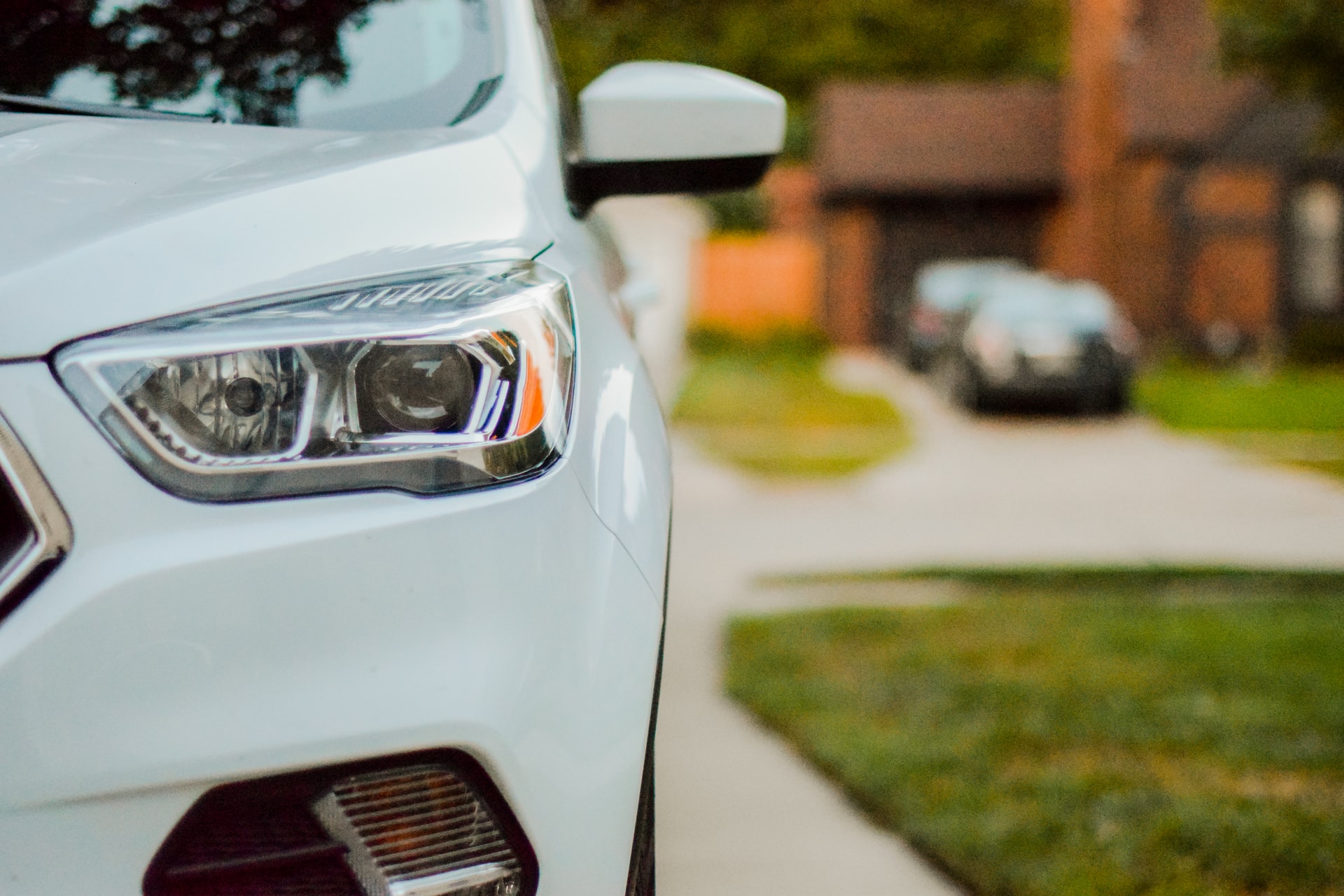In my experience, most people do not take the time to shop around or adjust their insurance policies so that they get the most coverage for what they are willing to pay.
This article offers tips on how to shop for and buy car insurance properly, get the coverage you need, and save money optimizing your selections.
- Review deductibles on your collision and comprehensive coverage to find savings that can be redeployed for optimum capacity.
- Review liability limits. Select the highest liability limits you can afford
- Review uninsured/underinsured motorist liability limits
Most states require drivers to have two types of liability coverage.
The first, bodily injury liability (BI), pays, up to your policy limits, for injuries or death that you (the policyholder), or other drivers covered by your car insurance policy, are found responsible for after a motor vehicle accident.
Policy terms vary, but typically bodily injury liability coverage will pay, up to your policy limits, for:
- Medical expenses
- Funeral expenses
- Loss of income
- Pain and suffering
- Legal defense if a lawsuit results from the auto accident
Meanwhile, property damage liability (PD) pays, up to your policy limits, for damages to someone else’s property that you (the policyholder), or other drivers covered by your car insurance policy, are found responsible for after a motor vehicle accident.
Property damage typically is damage to another car, but property damage liability also covers damages you may cause to someone’s house, tree, fence, guardrail, pole, etc.
Property damage liability provides you with a legal defense if another party files a lawsuit against you regarding property damage that resulted from an auto accident.
Property damage liability does not cover in any way damages to your own vehicle. For such coverage, you need collision coverage and comprehensive coverage.
Together, these two common types of auto insurance offer you protection when your vehicle is damaged.
How much does coverage cost?
The amount you pay depends on the amount of your deductible. A deductible is an amount you must pay before your insurance pays the remainder (no limits).
Both collision coverage and comprehensive coverage have deductibles.
A deductible is a separate cost from your insurance rate and this amount varies based on what you drive as well as how far you typically drive in a year. The good news is you choose your deductible amount.
The lower the deductible amount you choose, the higher your insurance rate will be. That’s because you will pay a lower amount toward repairing or replacing your vehicle, while your insurer picks up a greater portion of the remaining cost.
For example, a low deductible could be as little as $100. You can choose a higher deductible, instead — say, $1,000 — and pay a lower monthly insurance rate.
But remember, if you ever need to use your collision or comprehensive coverages, you’d have to pay this higher $1,000 deductible before your insurance kicks in to cover the rest. Paying $1,000 after being in an accident might make you more upset and frustrated.
What surprised me was that the difference between the deductibles wasn’t that much, higher or lower, between increments $250, $500, and $750. Nevertheless, collision is one of the most expensive parts of the insurance premium, along with bodily injury and property damage.
Primary use
When selecting insurance, the carriers want to know what the primary use is for pleasure or personal use, a business, or for a farm. Depending on zip codes, this plays a big role in setting your rate.
They will also ask who are the registered owners and who are all the drivers, and how many tickets or accidents have there been over the years? Have you taken a safe or a defensive driver course?
If you have minors now driving your vehicle, make sure your great students share that report card. If you have kids doing great in school share the report card and get the additional discount!
Discounts
It’s possible to qualify for discounts when you have multiple lines of insurance, such as extra cars, homeowners’ insurance, and umbrella insurance.
Just because you’ve been a safe driver and with one company for several years doesn’t mean you’ll receive the best rate. To ensure you are getting the best value, shop around two or three insurance companies.


